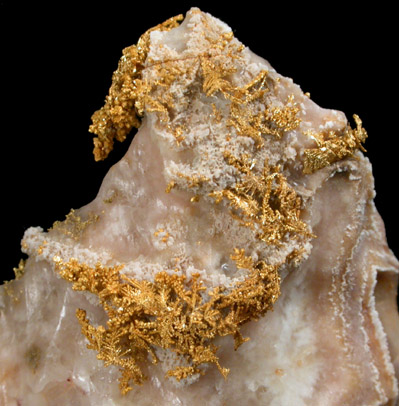Acids are expensive, and limestone would neutralize the acid, this would use up a lot of acid creating a lot of waste to deal with, if the gold can be separated mechanical you would be $$$ ahead.
Even if you choose to leach with acids you should concentrate on pretreatments, and concentrating the ore as much as possible beforehand, to get a high metal to limestone ratio.
Just because ore has gold does not always make the ore valuable, even if the ore was rich if it cost you more money than you could make from it, the ore would not be worth processing, there are many gold mines in the area where I live, they still have a lot of gold in them, these mines shut down not because they ran out of gold but because the cost of labor or cost of getting the gold out was not any longer profitable, when labor was hard to find during the wars, or when the price of labor or equipment went up, miners will become loggers if the logging companies would pay more for their labor... you will need to determine how much gold the ore contains, not just in a couple of choice rocks, but over the whole mining area, if you get an assay of a rich looking rock you pick up it may not represent the rest of the mine, and you could be spending much money to mine a virtually worthless mine not figuring it out until you have lost your pants in the process, mining is something normally better done by big company's with deep pockets, it can cost a lot of money to get set up, and it can cost a lot of money to process and keep the process going, it can be very easy to get in over your head with hopes and dreams of riches, that may not be there, this is why company's will spend a lot of money and time on research even before they decide to develop a mine, you also need to spend some time and money on a lot of research before you can decide, after you know how much gold per ton, you will need to research the best ways to process the ore, I imagine there is more to the ore chemistry than just gold and limestone, what form is the gold in can it be concentrated or separated without chemicals, would chemical leaching be better than concentrating and smelting, how much will it cost for the equipment and manpower needed to be able to make at least a little profit, would it be better to concentrate and sell the ore, what about transporting the ore, do you have rights and claims to the mine and other legal issues in order, what about the environmental impacts and permits of operation...
It not as easy as just dissolving away the limestone in dilute sulfuric acid and getting rich on gold, much study, preparation, testing, getting legal issues in order, and even experimentation will need to be done even before you will see any gold.
Caution about roasting or putting an ore in acids, you really need to have a good knowledge of what the ore contains, you could be trying to leach the ore and not realize your standing there breathing arsenic fumes, or hydrogen sulfide gases, you cannot always count on your sense of smell to warn you of the dangers.
I only have done some hobby experiments with ore, and have no experience as a professional miner so this is mostly just my opinion.





